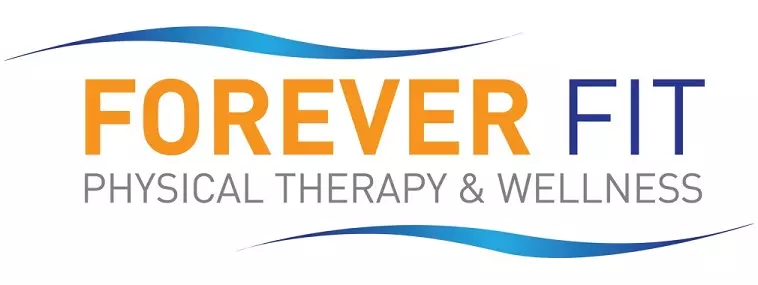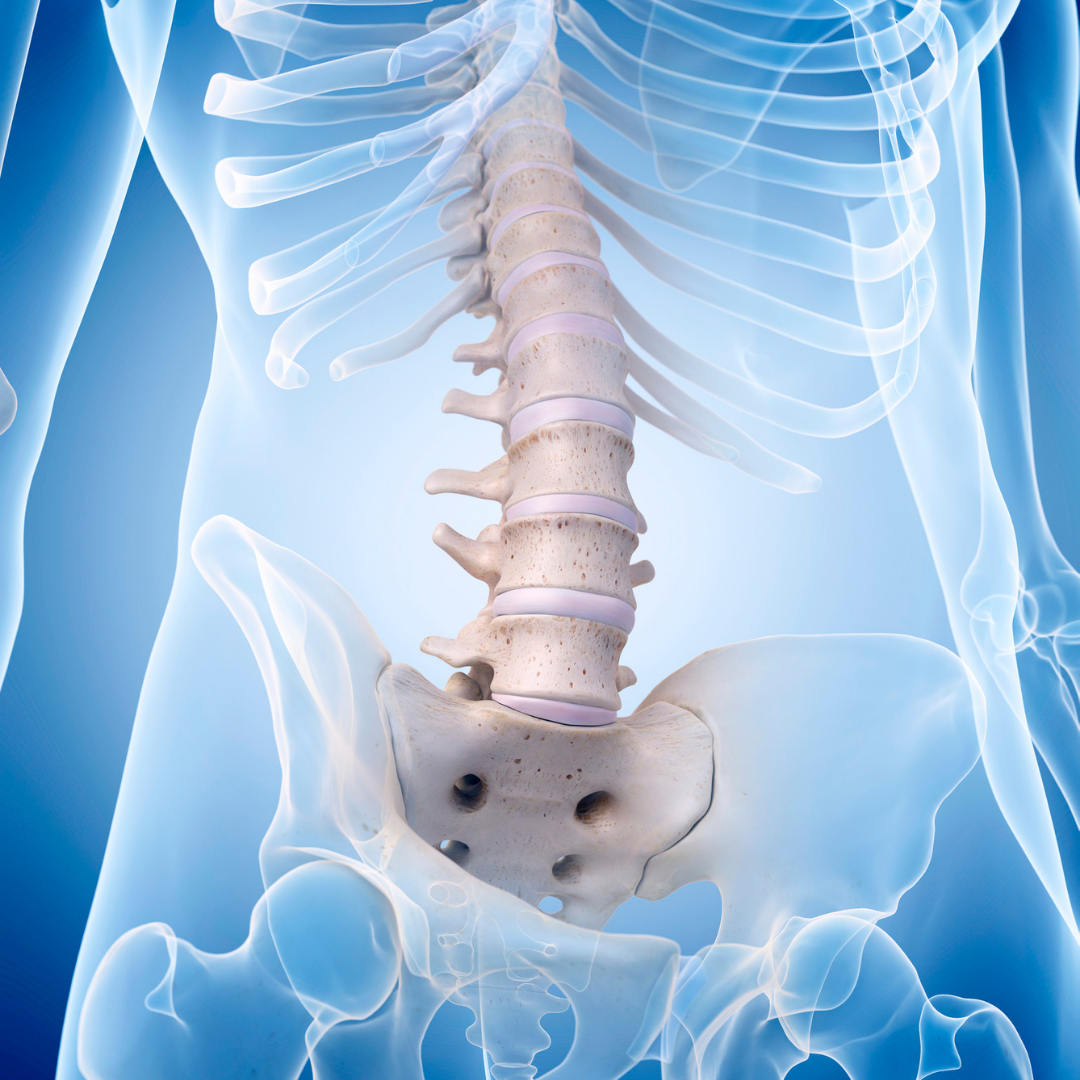Did you know that 8 in 10 adults will experience lower back pain? It is the single greatest cause of lost time from work in the world.
So why is back pain so common? The back has many different structures involved in supporting us in all different positions and movements. There are muscles that move only 1-2 joints and muscles that move 10 joints. Between each vertebrae there are 5-6 ligaments connecting them. There are intervertebral discs that sit between each vertebrae, providing cushion and lubrication as we move. With all of these structures, it is easy to see that we could aggravate one or more periodically throughout our time moving about the earth.
We have all heard many myths about lower back pain that can lead us to believe that all and any back pain mean pain and disability for the rest of your life. Let’s discuss a few of these myths and get to the truth behind lower back pain.
1. Once you injure your back you will always have back pain.
Back pain does not have to be persistent. In fact, most episodes of low back pain will resolve on their own within a few days of occurrence. While some people are more sensitive and will require some treatment in order to address the underlying cause of their pain, many do not. Those who do can make a complete recovery through education, exercise and awareness.
2. Persistent back pain means that there is significant damage to my spine.
There is a common belief perpetuated in our society that pain equals damage or harm. This was perpetuated by our medical community itself for decades by telling people about the harm and damage we find on imaging and surgery. Many studies have shown that most pain does not correlate to MRI findings. 8 in 10 adults without pain will show herniated discs, pinched nerves etc on their MRIs but have NO pain.
Now we know a lot more about the complexity of chronic pain. It involves not only the musculoskeletal system, but the nervous system, the immune system, the brain and others. Persistent pain can be improved with the right education about how pain works, exercise routines and addressing stress, sleep, nutrition and other health concerns.
3. When back pain is present, movement and exercise are bad.
This is false. Time and time again studies show the BEST treatment for back pain is exercise and movement. The more we gradually reintroduce painful activities (in the absence of trauma) the faster a movement becomes less painful.
4. Tight hamstrings are the root of all back pain.
Tight hamstrings are frequently not the cause of low back pain but a symptom of underactive spinal muscle activation. This causes extra activation of the hamstrings to help provide stability. The key to getting looser hamstrings is generally not stretching hamstrings but activating the lower back and core muscles and retraining bending movements to decrease the need to utilize the hamstrings.
5. If I have back pain I should always keep my back straight when bending over and lifting.
We used to believe this advice. I myself used to teach these lifting techniques to patients. However, we have seen these fear avoidance techniques actually cause more problems over time. All joints need movement for nourishment. When we hold the spine stiff all of the time, avoiding bending and twisting, we rob the joints, discs and muscles of the nourishment they need to stay healthy. Movement is good. If you have not been moving your spine for a long time you may need help from a physical therapist to reintroduce these movements in a non-threatening, controlled manner.
6. If I have back pain I should not do anything until I have an MRI.
MRI’s are a useful tool when there is major pathology or trauma suspected. These would include major car accidents/falls, loss of bowel or bladder function, significant sensory or motor loss, unexplained weight loss or persistent pain that does not get better even when lying down at night.
However, they are actually shown to hinder progress with conservative care when ordered prior to beginning physical therapy. That is because the results often sound ominous to the patient and are poorly explained, resulting in the brain starting the “harm/damage/pain” cycle. In the absence of the above findings, an MRI will not direct or change the course of physical therapy treatment so ordering one before starting is an unnecessary expense and frequently slows your progress.
Now that we have busted these myths, it’s time to started on the road to recovery from your back pain. The sooner you can get started, the better your outcomes can be. First, check out our E-book, 7 Tips to Ease Lower Back Pain. This books contains great information to you get started on the road to recovery from your back pain. If you feel like you need a more individualized and hands on approach for your lower back, the Physical Therapists at Forever Fit Physical Therapy & Wellness can help you to get started on the road to recovery. Use our request an appointment form on this page and we’ll contact you to schedule an appointment. You can also reach out to us a [email protected] or give us a call at 301-421-1125 with any questions or to get started!

